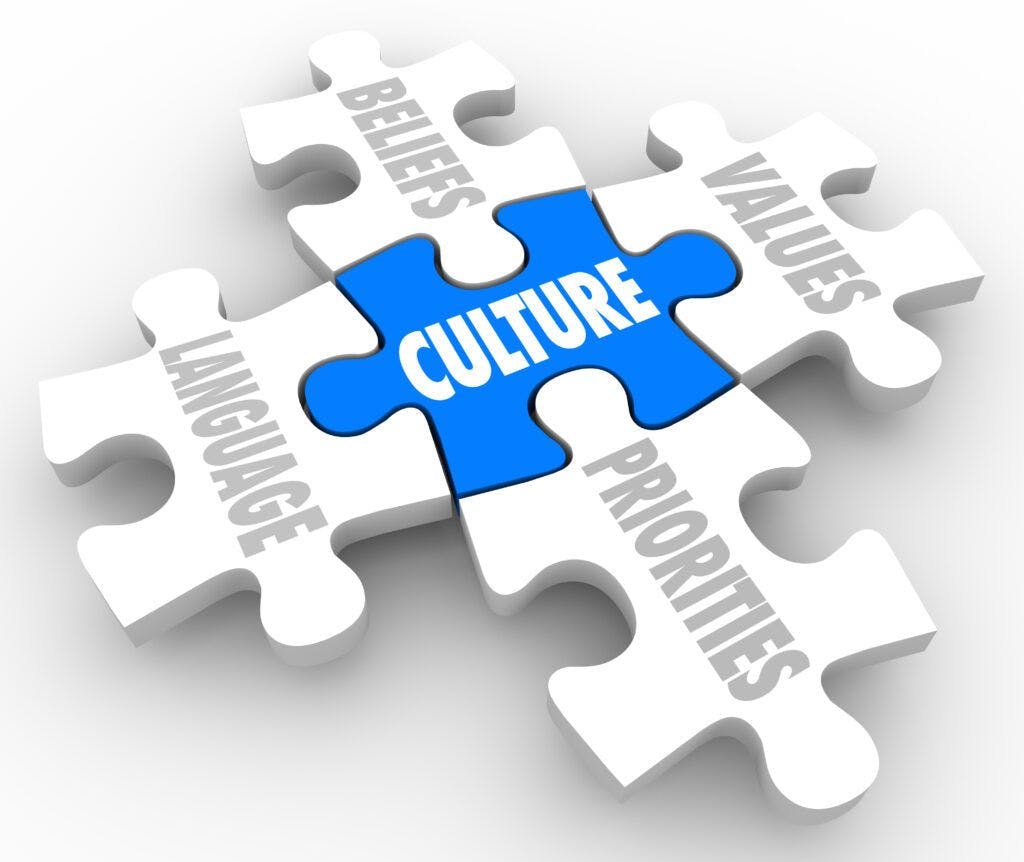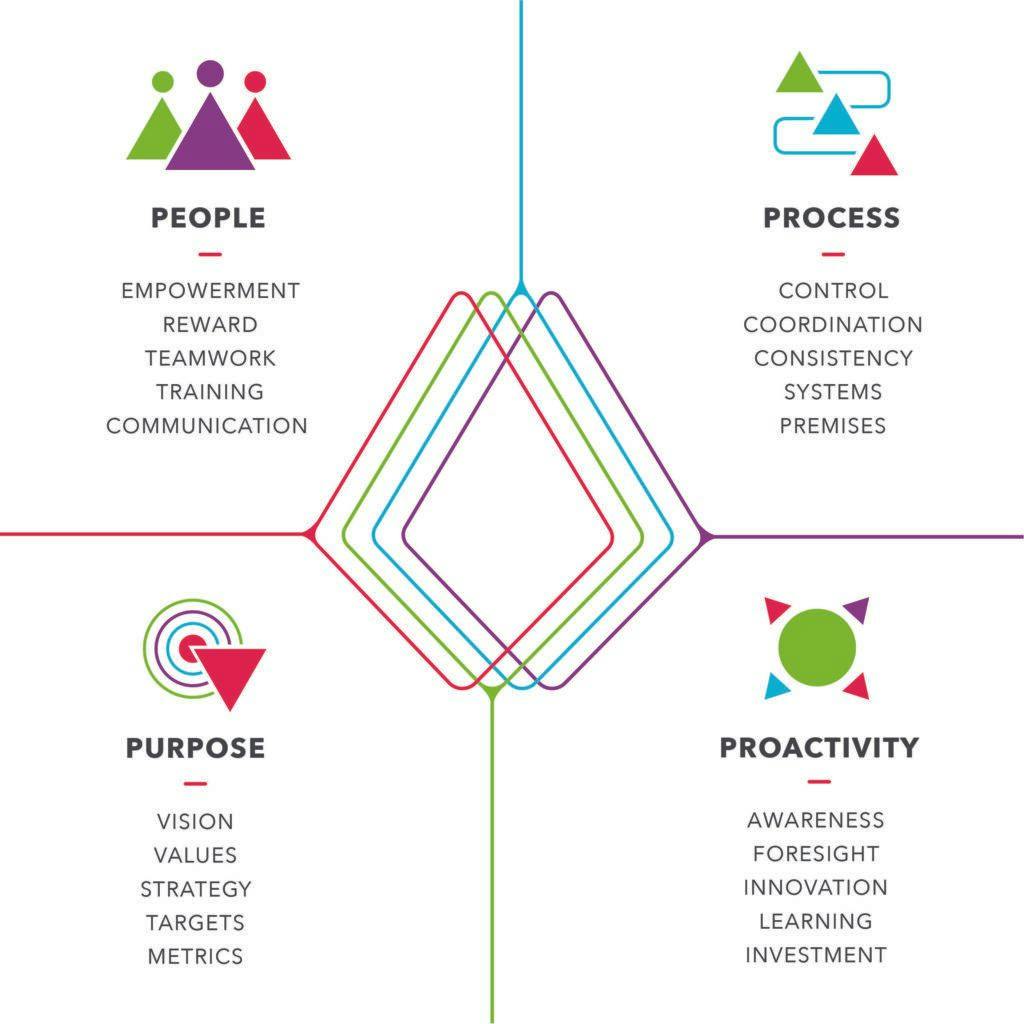Hero section
Food Safety Culture
Aquatiq offers Culture Excellence - a research-based and recognized web-based solution for measuring and improving organizational culture

Content block
Culture Excellence
In order to improve, you must first know where you are. But how do you measure a company's food safety and quality culture?
Aquatiq can offer the Culture Excellence solution, which is the most recognized and used method for measuring and improving culture in the food industry.
Why Culture Excellence:
- Internationally recognized; recognized by GFSI and the major standard owners, such as BRCGS
- Research-based, builds on over 15 years of academic research and industry experience
- Used by over 5,000 businesses in over 85 countries
- Available in 53 languages
Four culture modules to choose from
- Food safety
- Quality
- HSE
- Sustainability
Experiences from existing customers
- 95% of customers increase their own completion rate
- 98% of customers have repeated the survey in year 2
- 94% of those who start the survey complete it
- 100% of pilot customers chose to implement the solution at all businesses
Other feedback
- Helps to put the focus in the right place
- Provides better management and effectiveness of training initiatives
- Contributes to effective exchange of experience and competence building
- Reveals whether goals and strategies are rooted and known
- Covers requirements in BRC Global Food Safety version 8
Contacts
Contact
For questions, more information or a demo:

Aquatiq Consult
Kine Rædergård Skrivervik
Senior Consultant & Head of Retail Audits
Text and image section
Why measure culture?
Food production today is about having control over many details. Structure, system and certification are a necessity, but not a guarantee of success. "The missing link" is often the company's culture - "the way we do it here". However, work on improving the corporate culture is difficult. It takes time, is complex and cannot be fixed with technological tools, because it is about people and established work processes.
A good corporate culture is fundamental for the structure and system to function, and is therefore important to maintain and improve.
By measuring the culture, the following can be achieved:
- Identify risk areas, within and between units, roles and activities
- Make visible strengths and weaknesses in companies' level and ability to improve related to quality and work with food safety
- Ensure genuine insight into employees' opinions, attitudes and behaviour
- Identify the most important areas to allocate resources to
- Measure return on investment (ROI) on training, systems and other initiatives

Text and image section
How to measure culture?
A culture measurement process with Culture Excellence usually consists of the following steps:
- Preparation and planning: We define the scope, enter into a contract and obtain the information necessary to set up the web solution and the survey for you.
- Conducting a digital survey: As soon as the web solution and the survey have been set up, the survey can be launched. It can be completed on both PC, pad and mobile. It takes around 15-20 minutes to complete (depends on how many modules you have chosen).
- Analysis and presentation of results: An expert team reviews the results and prepares an executive summary which is presented to you at a web meeting, together with advice and tips.
- Coaching and follow-up afterwards: You have access to a separate web platform with all analysis results, pre-produced reports and options for drilling down and analyzing data. We can also assist you in the process of identifying priority improvement areas, as well as participating in improvement processes.
- New measurement after a year to measure improvement, if desired.

Text and image section
The Culture Excellence model
Organizational culture is a complex topic that requires in-depth knowledge of psychological, managerial and technical elements. Culture Excellence has therefore prepared a simple and structured model without compromising academic rigor.
The concept of culture is divided into four key categories: People, Process, Purpose and Proactivity; the 4 P's.
- PEOPLE: People relate to all levels of employees in a company, and whether they are empowered, rewarded, part of a team, trained and communicated with affects the culture.
- PROCESS: The process relates to the internal mechanisms of a company, including management control, use of systems, coordination between departments and sites, consistency of standards and the suitability of the physical premises.
- PURPOSE: The purpose is about the company's vision, strategy and values, and how this is translated into goals and measurements.
- PROACTIVITY: Proactivity is about whether the company knows where their risks are, stays aware of customers and suppliers, and whether they innovate, invest and continuously learn and improve.
Each key category is then broken down into smaller elements, each of which has a series of specific and carefully selected questions.
